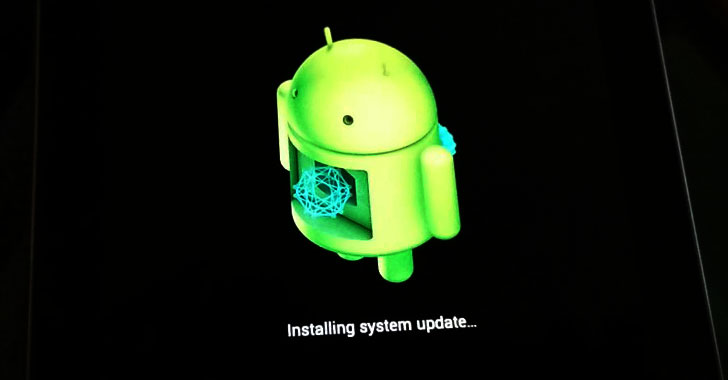From securityaffairs.co

A crook has sold 895,000 gift cards and over 300,000 payment cards, for a total of US$38 million, on a top-tier Russian-language hacking forum on the dark web. The criminal actor was spotted offering a huge amount of cards in February 2021. According to the experts from fraud intelligence firm Gemini Advisory, threat actors have obtained the cards by compromising the back-end of the online discount gift card shop Cardpool.com.
“Gemini assesses with moderate confidence that the breach of Cardpool.com was also the source of the stolen gift cards.” reads the post published by Gemini Advisory. “The breach of Cardpool.com provides valuable insight into both how cybercriminals value different types of stolen cards and also shows how cybercriminals use sites like Cardpool.com to monetize cards once they are stolen.”




